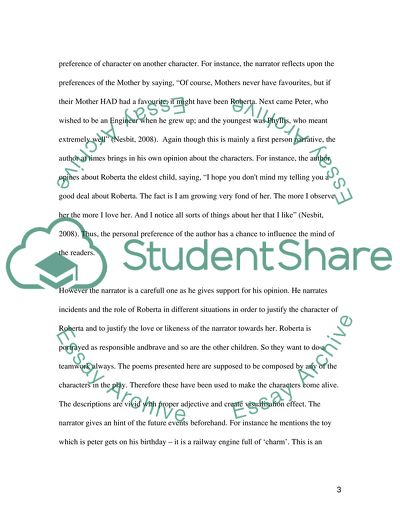Cite this document
(Comparison of Goggle-Eyes and The Railway Children Case Study, n.d.)
Comparison of Goggle-Eyes and The Railway Children Case Study. Retrieved from https://studentshare.org/literature/1738854-narrative-techniques-in-goggle-eyes-and-the-railway-children
Comparison of Goggle-Eyes and The Railway Children Case Study. Retrieved from https://studentshare.org/literature/1738854-narrative-techniques-in-goggle-eyes-and-the-railway-children
(Comparison of Goggle-Eyes and The Railway Children Case Study)
Comparison of Goggle-Eyes and The Railway Children Case Study. https://studentshare.org/literature/1738854-narrative-techniques-in-goggle-eyes-and-the-railway-children.
Comparison of Goggle-Eyes and The Railway Children Case Study. https://studentshare.org/literature/1738854-narrative-techniques-in-goggle-eyes-and-the-railway-children.
“Comparison of Goggle-Eyes and The Railway Children Case Study”. https://studentshare.org/literature/1738854-narrative-techniques-in-goggle-eyes-and-the-railway-children.


